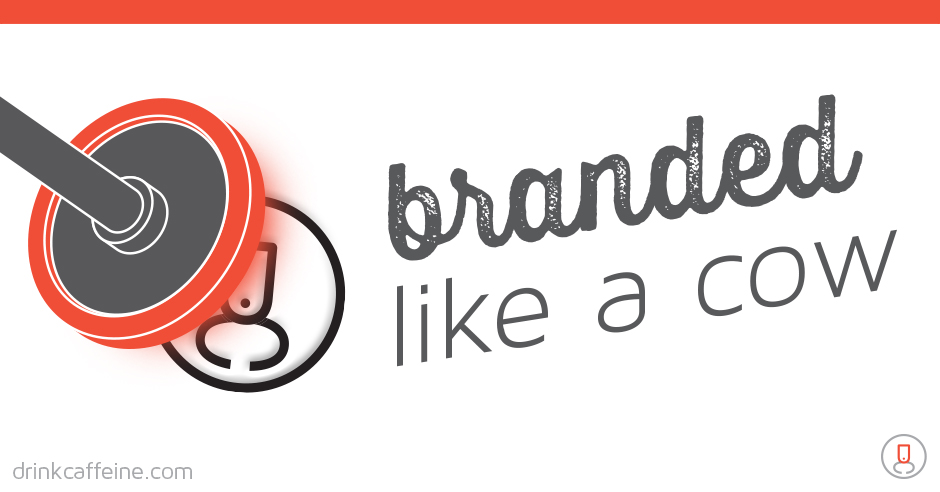
The longstanding argument in accounting, law, financial, medical, and other professional services firms is that the company’s brand has to transcend the identity of any one person.
Eponymous consumer brands like Gillette and Orville Redenbacher have invested big-time resources to emerge from the shadow of their originators, so professional services firms should do the same (right?) because the brand will ultimately earn more good will if it’s perceived as being greater than the sum of its parts.
Not so fast.
Why you should brand your best people
Yes, a central brand is important – and too many professional services firms ignore developing one. But we do not believe it’s necessary to abandon building the identity of everybody who lives under the logo.
Why should the people who make the brand breathe – in client and patient contact, new business development, and everyday conversation – take a back seat to the uber brand?
One response is, “If I invest in developing the visibility of key staff, whenever those people leave for another job, my investment has failed.”
Again, we disagree. We think developing professional identities and reputations for your best people is the best retention (and recruitment) strategy available. Who doesn’t want to work at a firm that honors accomplishment?
Getting rid of Either/Or thinking
So start by assuming that you can have both worlds: A strong, central brand identity with defined attributes – as well as individuals whose professional brand identities coexist with it in an interdependent way.
Big Picture
The first thing to do is get a sense of what the Big Picture brand looks like. There are plenty of experts in professional services branding (like us) that can help pinpoint the attributes, map the brand pillars, and build a strategy for it. But in our experience (and we’re not alone), this means selling the idea at the top. Without some top-down support to analyze what makes the firm tick, most branding efforts fizzle.
Small Picture: 3 ways to get started
Once an overarching brand strategy is established, you can develop individual identities beneath it. There are lots of ways to do this tactically. Here are a few:
- Blogs
Blogs play a big role in consumer decision making.
They also play a significant role in B2B purchase decisions. But good ones take time and planning. Start with an editorial calendar and see if you can brainstorm 12 topics, with a frequency of 2x per month for a 6-month footprint. Build some consensus around the content, the name, the approach. Identify potential authors to feature and byline. And remember that having a guest blogger or two can be useful.
- Video. Shoot a series of short segments featuring your internal stars. Keep each one to 60 seconds. Make it a quick, personal interview with the person focusing on one or two key professional insights. Again, keep it short, around the duration of an elevator ride. Bookend each segment with some animated graphics to lock the content into the parent brand. And because it’s important to say something 3 times, remember, less is more.
- Q&A. Create web pages with articles formatted as a Q&A, as you see in magazines like Interview and Rolling Stone. This makes it easy to read, scan, and get to know the interviewee as a person and as an expert.
There’s more, but every blog should know when to stop. For a conversation, contact us and we’ll buy you a cup of coffee.


